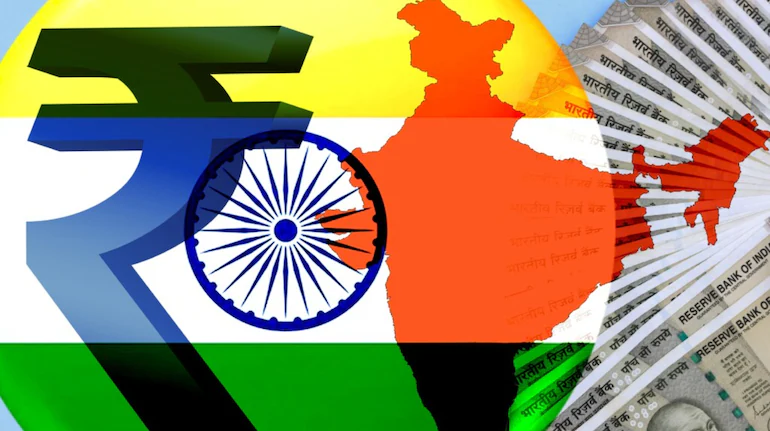New Delhi: A chilling new scientific study has warned that up to 75 percent of the ice in the Hindu Kush Himalayan glaciers could vanish by the end of the century if global temperatures rise by 2°C above pre-industrial levels. These glaciers are the source of several major rivers that sustain the livelihoods of over two billion people across Asia, and their accelerated melting could have devastating consequences for countries like Afghanistan and Pakistan.
Published in the prestigious journal Science, the study underlines how glacial melt in the Hindu Kush range — the birthplace of vital rivers such as the Kabul and Helmand — could dry them up entirely if current warming trends persist. Such a scenario would deal a severe blow to Pakistan, which already relies on water from several rivers under the Indus Waters Treaty with India. A decline in glacial flow from the Hindu Kush could critically impact Kabul River, one of the largest tributaries of the Indus River, significantly affecting water supply downstream in Pakistan.
The Kabul River originates from the Sangalakh Range in the Hindu Kush and merges with the Indus River in Pakistan’s Attock district. Its diminishing flow would directly impact both agriculture and drinking water availability in the region.

The study also assessed global glacier melt scenarios. If the world can limit temperature rise to 1.5°C, in line with the 2015 Paris Climate Agreement, about 40-45% of glacier ice in the Himalayas and Caucasus regions could still be preserved. However, if warming continues unchecked and reaches 2.7°C, as current projections suggest, only one-quarter of the world’s glacier ice will remain by 2100.
The findings paint a grim picture for glaciers in other regions too. European Alps, the Rockies in western North America, Canada’s mountain ranges, and Iceland are expected to be among the worst-hit. At just 2°C warming, these areas could lose nearly all of their ice, retaining only 10-15% of 2020 levels. The Scandinavian mountains face an even more dire fate, with a possibility of complete glacier loss.
Dr. Harry Zekollari, co-lead author of the study from Vrije Universiteit Brussel, emphasized, “Our study makes it clear that every fraction of a degree matters. The decisions we make today will shape glacier survival for centuries.”
These alarming revelations come just ahead of the first-ever United Nations Conference on Glaciers, set to begin this Friday in Dushanbe, Tajikistan. Over 50 countries are expected to participate, including 30 ministerial- or higher-level delegations.
Addressing the gathering, Yingming Yang, Vice President of the Asian Development Bank, stated, “Melting glaciers are threatening lives at an unprecedented scale. Over two billion people in Asia depend on these water sources. The most effective way to slow glacier loss is by embracing clean energy and curbing planet-warming emissions.”
The study is a stark reminder that glacier melt is not just an environmental issue but a humanitarian crisis in the making, with implications for water security, agriculture, and geopolitics in one of the world’s most densely populated regions.






